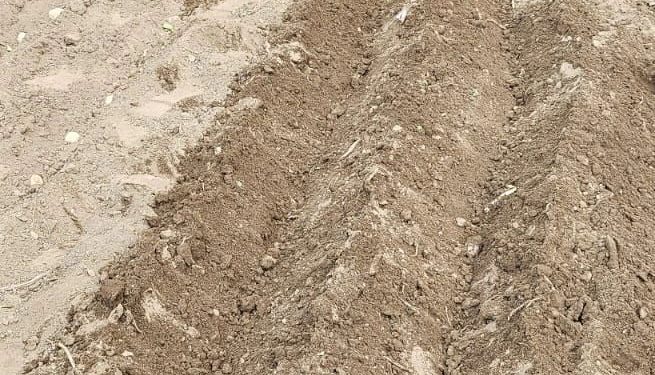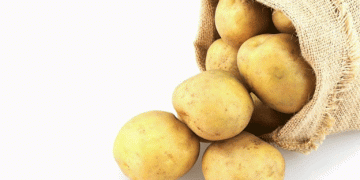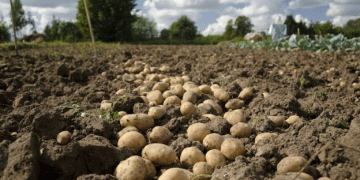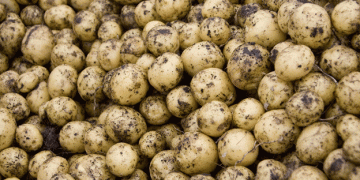Exploring the Time-Honored Methods and Achievements of Potato Farmers in Lahaul Valley
Potato farming in the Lahaul Valley, situated at an impressive 11,000 feet, offers a fascinating glimpse into the blend of traditional techniques and modern agricultural success. Manoj Kumar’s observations highlight the enduring practices of local farmers who rely on age-old ploughing methods to plant their crops. These techniques, passed down through generations, continue to yield excellent results in one of the most challenging farming environments.
The Lahaul Valley, with its high-altitude climate and rugged terrain, presents unique challenges for potato cultivation. Despite these difficulties, farmers in this region have perfected their craft over centuries, using traditional furrow ploughing to prepare the soil for planting. This method, while labor-intensive, ensures that the soil is well-aerated and primed for optimal seed growth.
Planting seeds in these meticulously ploughed furrows, the farmers of Lahaul Valley cultivate a variety of potatoes known for their exceptional quality and flavor. The high altitude and specific climatic conditions contribute to the unique characteristics of these potatoes, making them highly sought after in markets far beyond the region.
The success of potato farming in Lahaul Valley is not only a testament to the resilience and skill of its farmers but also an important case study for agronomists and agricultural researchers. The traditional techniques employed here offer valuable insights into sustainable farming practices that can be adapted to other challenging environments. By studying these methods, agricultural experts can develop strategies to improve crop yields and sustainability in similarly difficult terrains around the world.
For potato entrepreneurs and managers involved in the sale of plant protection products, the farming practices in Lahaul Valley highlight the importance of integrating traditional knowledge with modern innovations. The use of traditional ploughing techniques does not preclude the application of advanced plant protection and fertilization strategies. Instead, it provides a solid foundation upon which modern practices can be built to enhance crop resilience and productivity.
Moreover, the high-altitude farming practices in Lahaul Valley serve as a reminder of the importance of preserving agricultural heritage while embracing advancements. The synergy between time-honored methods and contemporary agricultural science can lead to sustainable and profitable farming models that benefit both local communities and the broader agricultural industry.
In conclusion, the potato farming practices in Lahaul Valley, as documented by Manoj Kumar, underscore the potential of traditional techniques in modern agriculture. The success achieved by farmers in this high-altitude region offers valuable lessons for the global farming community, demonstrating that with the right approach, even the most challenging environments can yield bountiful harvests.






